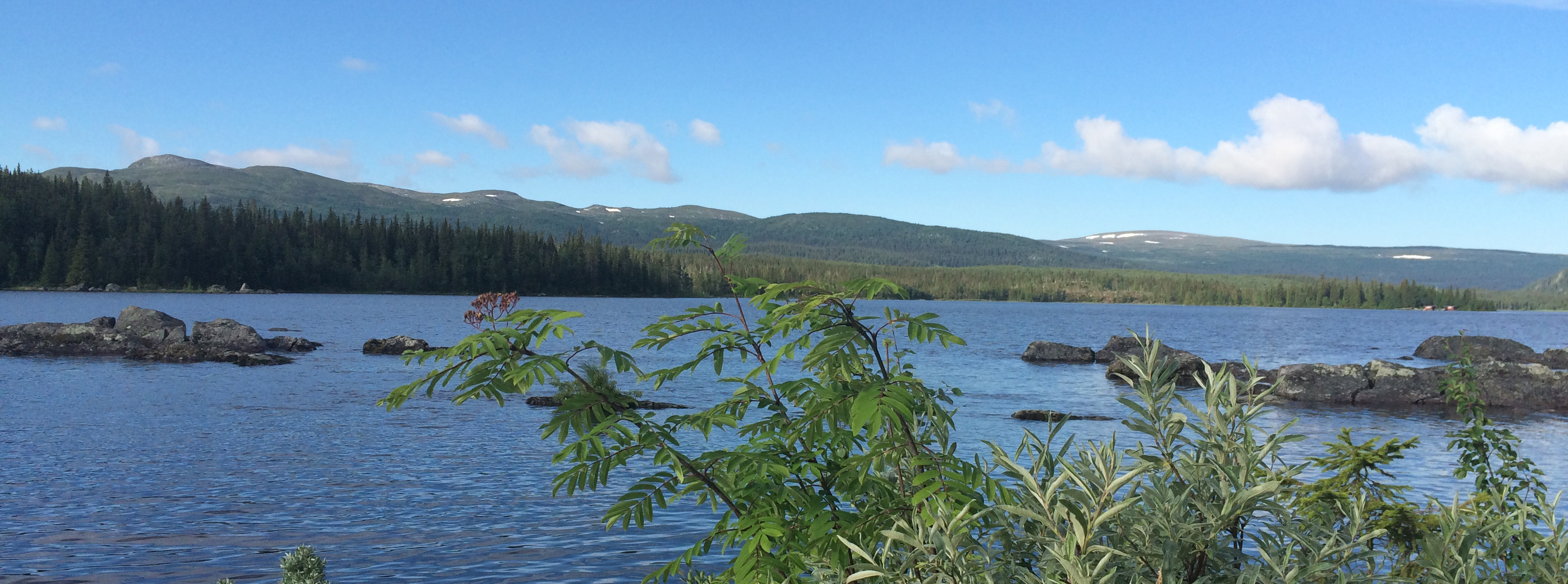Since the inception of the interdisciplinary TEMA Department, researchers at LiU have specialised in studying biological, chemical and physical processes and cycles – from the molecular to the global scale.
Human beings contribute to the emission of greenhouse gases, but greenhouse gases such as methane and carbon dioxide also come from lakes, running water and ponds. Until now, this is a contribution that has not been taken into account in the calculations. New techniques are now being tested in order to obtain more reliable estimates that give us a better understanding of how both natural processes and human activities affect the climate.
The flows and interactions of various chemicals is another important area for research, especially in the light of concerns about the increasing impact of chemicals on humans and the environment. For example, new discoveries about the substance chlorine and its cycle through plants, soil and water is of major significance to the future storage of nuclear waste.
Research is also being conducted into the eutrophication of the Baltic Sea and how environmental toxins are being dispersed in the Third World.
